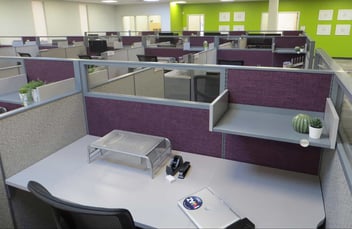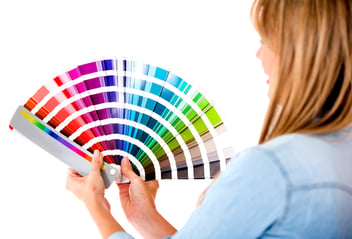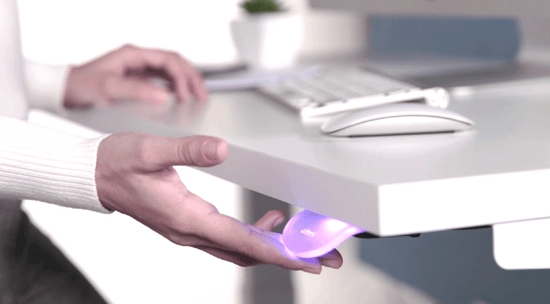4 Common Mistakes in Conference Room Design and How to Avoid Them
Conference rooms are crucial spaces for collaboration, decision-making, and idea presentation in the business environment. However, design errors often occur that can negatively impact functionality and user experience. Here are some of the most common mistakes and how to avoid them:

1. Inadequate Room Size
One of the most frequent mistakes is designing rooms that are too small or too large for the company's needs. This can lead to discomfort, lack of privacy, or a feeling of emptiness.
Solution: Conduct a thorough assessment of the available space before purchasing furniture. Use design software to create a detailed floor plan that allows you to visualize the furniture layout and make adjustments before installation. Also, carefully analyze the number of people who will use the room to ensure it meets specific requirements.
2. Poor Acoustics
Poor acoustics can hinder communication and understanding during meetings. Poorly designed conference rooms may have problems with echo or external noise, interfering with the quality of meetings.
Solution: Incorporate sound-absorbing materials in walls, ceilings, and floors to control reverberation. Use partition panels and curtains to isolate external noise. Consider installing an appropriate audio system. Additionally, ensure that doors and windows are well-insulated to minimize external noise.

3. Inadequate Lighting
Lighting is a critical aspect that is often overlooked. Poor conference room lighting can cause eye strain and reduce productivity. Lights that are too bright or, conversely, insufficient, can affect the concentration and comfort of participants.
How to Avoid It: Opt for a combination of natural and artificial lighting. Install adjustable lights that allow the intensity to be adjusted according to the meeting’s needs. Additionally, ensure that the lighting does not cause glare on screens and electronic devices. Combining different types of lighting (general, accent, and task) allows for a proper balance. Installing blinds or curtains to control natural light is another good option.

Read more in: The Importance of Proper Lighting in the Office
4. Lack of Adequate Technology
The absence or poor integration of technology can hinder productivity and collaboration during meetings. In the digital age, technology plays a fundamental role in boardrooms. However, poor integration of technological equipment can result in messy cables and technical difficulties during meetings.
Solution: Equip the room with suitable and functional technology, such as video conferencing systems, interactive screens, digital whiteboards, and wireless connections. Ensure that the technology is easy to use and well-integrated into the overall room design.
Measures to Avoid Mistakes
Companies can take these two measures to avoid common mistakes in conference room design and ensure a functional and productive workspace:
1. Consider Ergonomics: It is essential to select ergonomic furniture, such as adjustable chairs and tables at the correct height, to promote user comfort and health.
2. Create Flexible Spaces: Design flexible workspaces that adapt to various activities and needs, allowing for greater versatility in room use.
Designing effective conference rooms requires careful planning and attention to various critical factors. Avoiding common mistakes such as inadequate size, poor acoustics, insufficient lighting, and lack of adequate technology is essential to creating an environment conducive to collaboration and productivity. Implementing solutions like spatial evaluations, appropriate acoustic materials, a balanced combination of lighting, and equipping the room with modern and functional technology can significantly transform the user experience. Additionally, considering ergonomics and designing flexible spaces ensures that the conference room is not only functional but also adaptable to diverse needs. By addressing these aspects, companies can ensure that their conference rooms become effective and comfortable spaces for all participants. Good luck!





